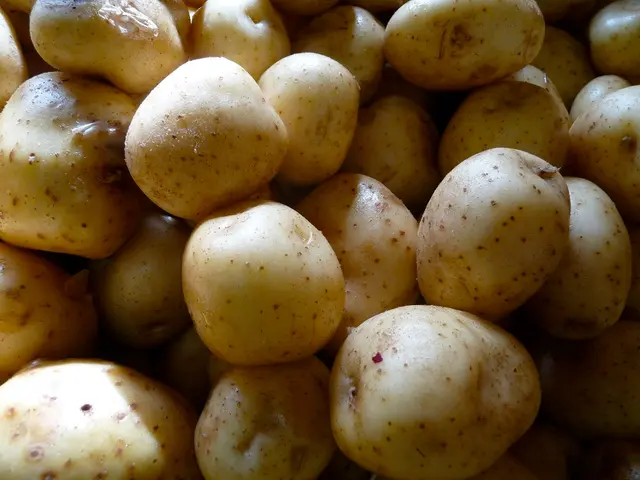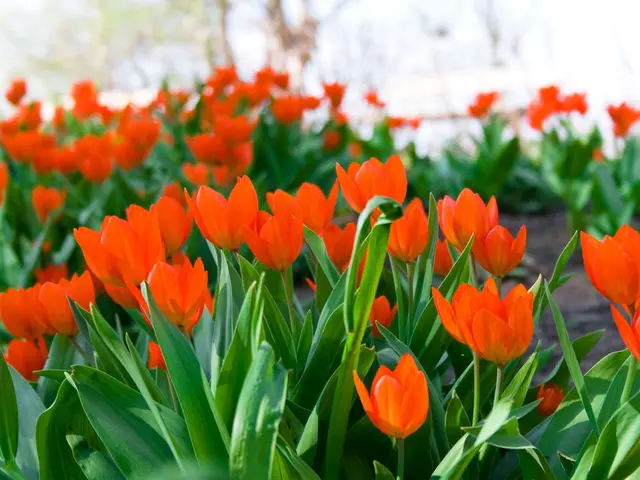How to Store Root Vegetables for Maximum Freshness All Winter
Proper storage is vital for preserving vegetables, especially root ones like potatoes, carrots, and beets. A cellar or root basement is the traditional, reliable choice, but alternatives exist if not available.
The ideal storage temperature for these vegetables is between +2 to +4°C (35–39°F), with around 90% humidity. If a cellar isn't an option, an insulated balcony or a cool, dark spot indoors can suffice.
Improper storage can lead to spoilage and waste. Avoid plastic bags, as trapped moisture can cause vegetables to rot. Instead, store potatoes in crates or mesh bags. For carrots and beets, layer them with damp sand or sawdust.
Harvesting at the right time is crucial. For carrots and beets, dig them up after the first frost for optimal storage life.
Proper storage, using the right methods and conditions, can extend the life of root vegetables significantly. This not only saves money but also reduces waste.







